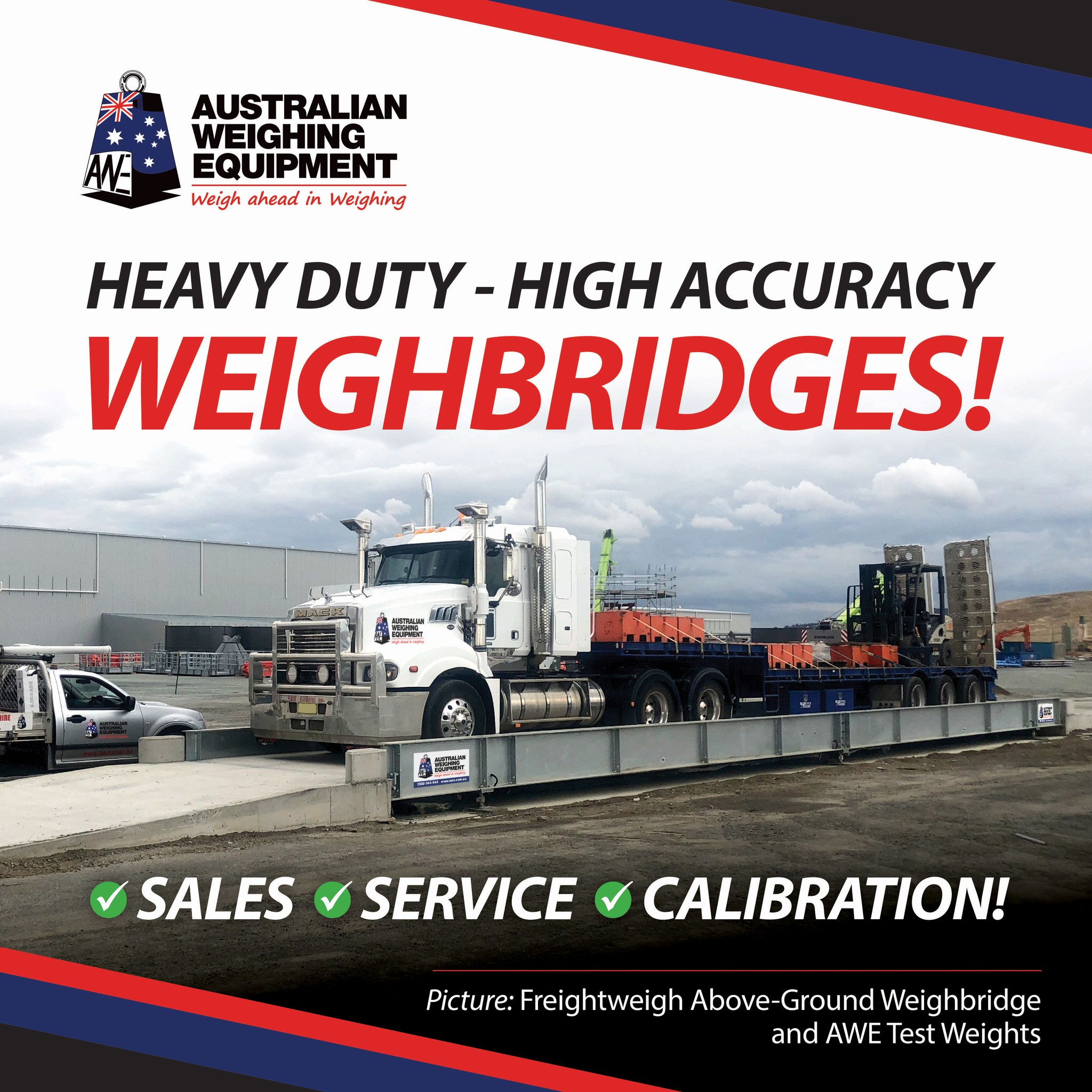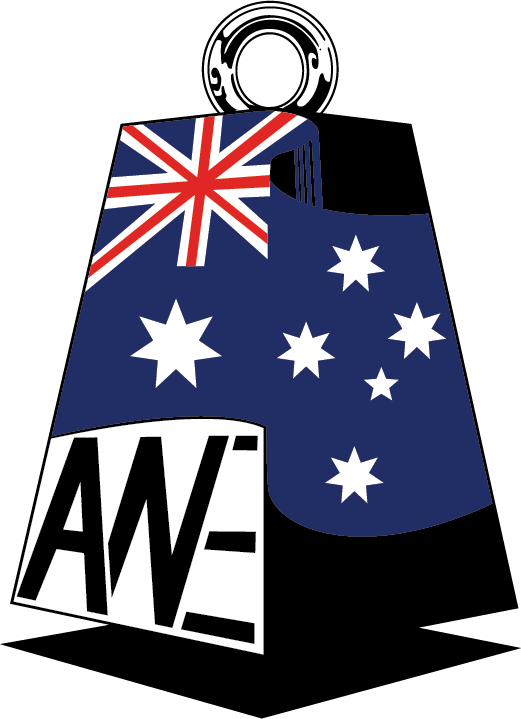This comprehensive Weighbridge Calibration Guide equips you with the knowledge and understanding to maintain optimal performance and ensure your weighbridge consistently delivers reliable measurements.
In a world driven by data-driven decisions and precision, accurate measurements are paramount. Weighbridges, the workhorses of various industries, play a pivotal role in providing weight measurements for trucks, vehicles, and heavy loads. However, like any measuring instrument, weighbridges require regular calibration to maintain their accuracy and reliability. In this article, we delve into the significance of weighbridge calibration and why it is a non-negotiable practice for industries reliant on accurate weight measurements.
The Science Behind Weighbridge Calibration
Weighbridge Calibration is the process of adjusting an instrument to ensure its measurements conform to a known standard. In the context of weighbridges, calibration involves comparing the measurements of the weighbridge to a certified standard weight. Over time, factors such as environmental conditions, wear and tear, and electronic drift can affect the accuracy of a weighbridge’s readings. Calibration aims to correct these deviations and ensure that the weighbridge consistently provides precise and reliable weight measurements.
Importance of Weighbridge Calibration
The need for regular weighbridge calibration is rooted in several crucial reasons, each of which contributes to maintaining operational efficiency, regulatory compliance, and quality control:
Accurate Financial Transactions: Many industries, such as logistics and trade, rely on weighbridge measurements for financial transactions. Overestimating or underestimating weights due to uncalibrated weighbridges can result in financial losses or disputes. Calibration ensures that every transaction is based on accurate weight data.
Regulatory Compliance: Numerous industries are subject to weight regulations imposed by local authorities or international standards. Uncalibrated weighbridges can lead to violations and penalties. Calibration ensures adherence to these regulations, preventing legal consequences.
Quality Control: In manufacturing and agriculture, accurate weight measurements are essential for ensuring product quality and consistency. Uncalibrated weighbridges can compromise the integrity of products and materials, leading to subpar goods and dissatisfied customers.
Operational Efficiency: An uncalibrated weighbridge can disrupt operations by causing delays, inaccurate load distribution, and inefficient use of resources. Calibration minimizes these disruptions, enabling smoother operations and improved resource utilization.
Safety and Compliance: Overloaded vehicles pose safety risks to both drivers and road infrastructure. Uncalibrated weighbridges may fail to detect overloads, increasing the chances of accidents. Calibration contributes to road safety by accurately identifying overweight vehicles.
Frequency of Calibration
The frequency of weighbridge calibration depends on various factors, including the type of weighbridge, usage intensity, environmental conditions, and regulatory requirements. High-traffic weighbridges used for trade or transportation may require more frequent calibration than those in less-demanding applications. A well-established practice is to calibrate weighbridges annually, supplemented by more frequent checks and adjustments as needed.
The Calibration Process
The calibration process involves a series of steps to ensure accurate measurements:
Initial Assessment: A professional technician evaluates the weighbridge’s condition, assessing factors such as load cells, connections, and overall structural integrity.
Comparative Testing: Standard weights with certified accuracy are used to compare the weighbridge’s readings. Any discrepancies are recorded.
Adjustment: If deviations are detected, the technician adjusts the weighbridge’s settings to align with the standard weights.
Documentation: Comprehensive records of the calibration process, adjustments made, and final calibration results are documented for future reference and audit purposes.




